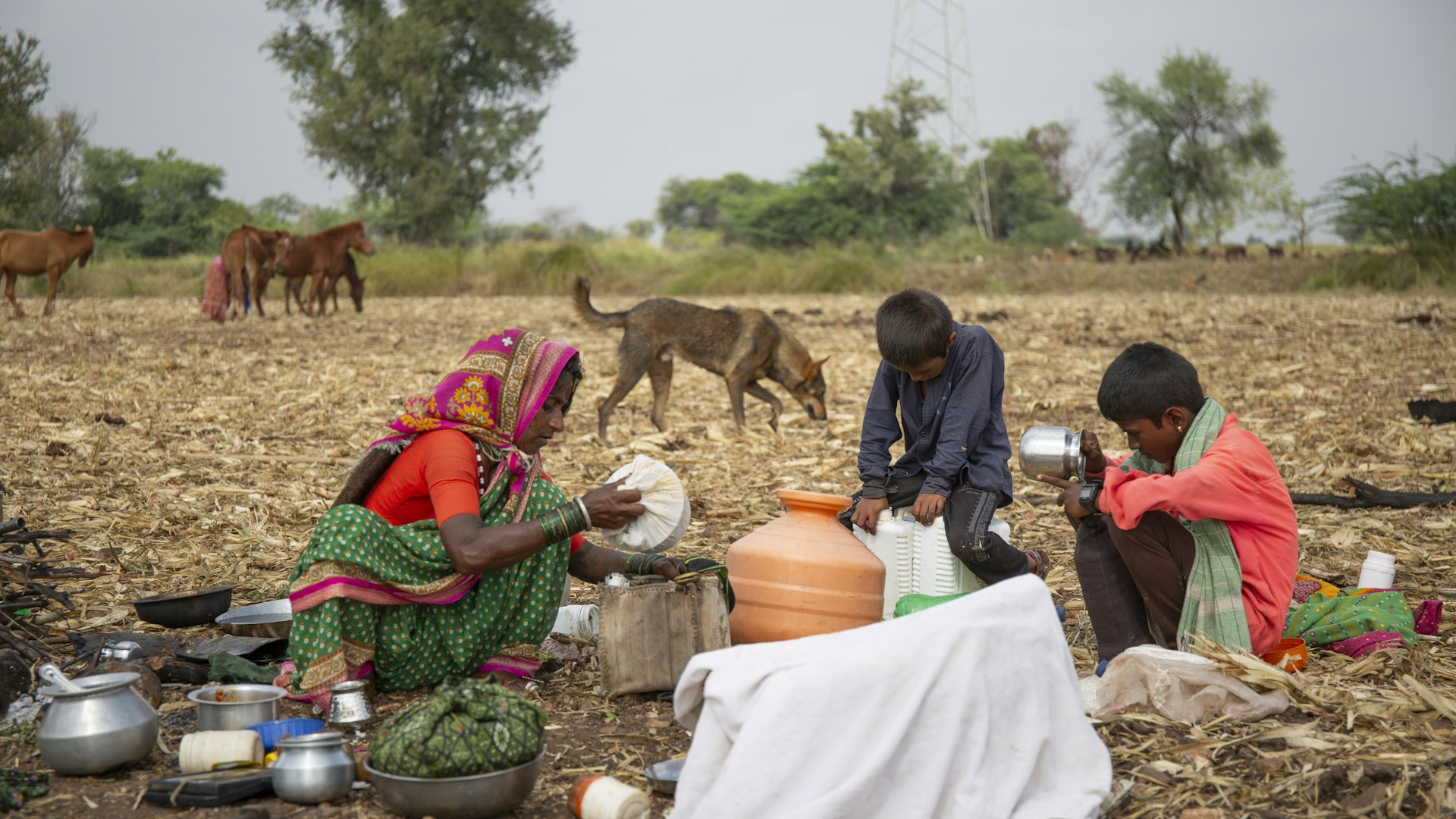magazine_ PhotoArticle
In the Indian state of Karnataka, herders and large carnivores live closely together. However, this coexistence is not without problems. Although livestock losses can be, at times, large compared to a shepherd’s average annual profit, Hinduism cloaks wildlife with a sacredness that makes it untouchable. During the thirty days they spent in India, Eurac Research researcher Filippo Favilli and photographer Jóse Rámon Gorret explored the liminal boundary that separates human space from everything else. What follows is a photographic account of what they found there.




















